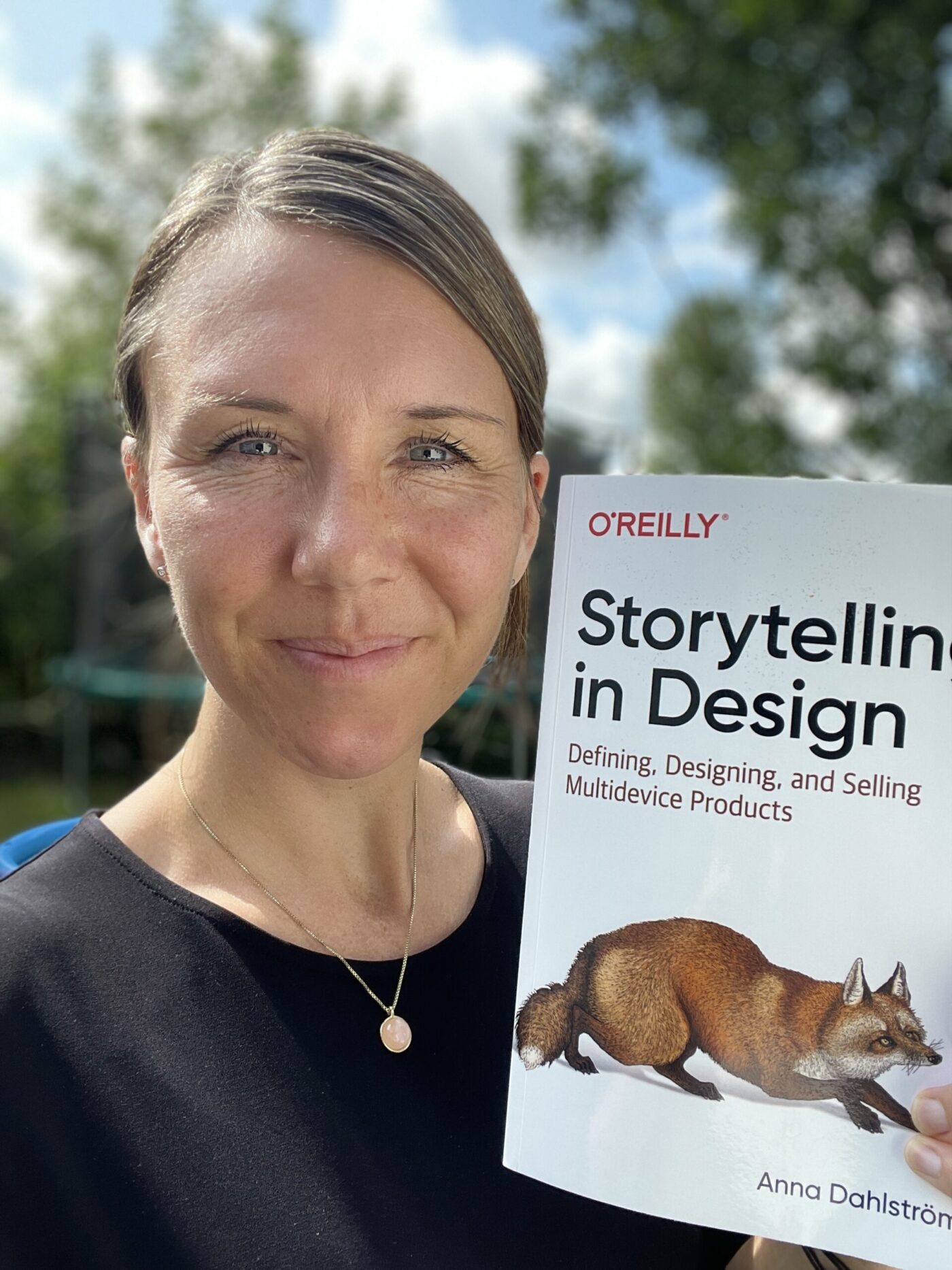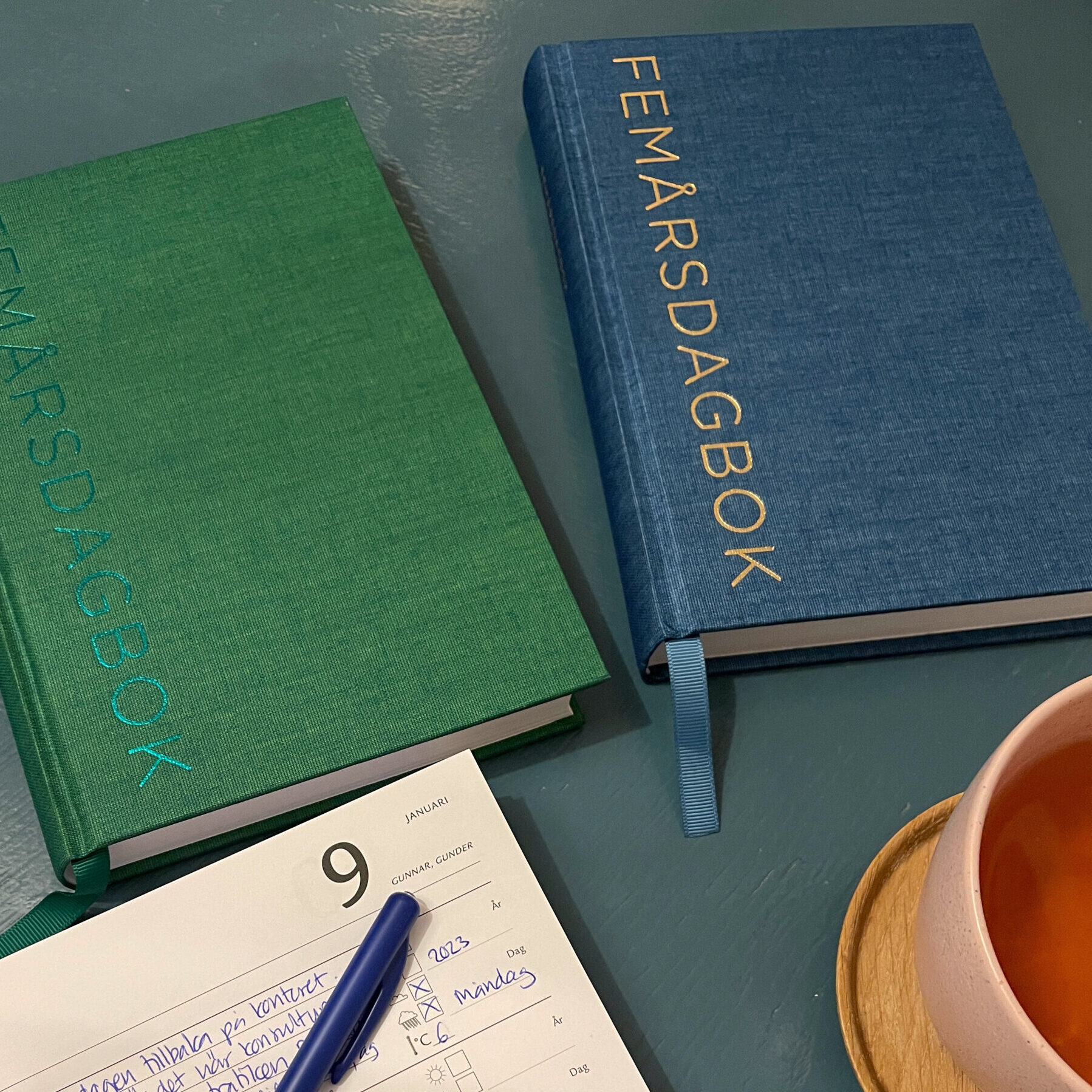One of the things I go on about most is sustainable design, i.e. planning, designing and developing for longer term needs. It hurts my little IA heart when a project is done half-heartedly just to get “something” live.
“Something” should never go live. It should always be that thing no matter how simple or small. In Sweden we have an expression for doing things too quickly without properly thinking it through. It’s called “Att inte se längre än näsan räcker”. I think the english equivalent is
To see no further than one’s nose
Although only looking as far as your nose would mean you’d walk around in a daze, it is a good expression which holds some truth, not the least when it comes to web and software development.
From close up to the bigger picture
I took this picture when D and I was on holiday last year.
 Looking at it your eyes are drawn to the details of the thin stems and small green leaves. It’s intricate. The background is blurry but the focus is clear. It’s pretty to look at. The background intrigues me but I’ll happily keep looking at the small leaves and the beautiful colours.
Looking at it your eyes are drawn to the details of the thin stems and small green leaves. It’s intricate. The background is blurry but the focus is clear. It’s pretty to look at. The background intrigues me but I’ll happily keep looking at the small leaves and the beautiful colours.
When I change the focus of my shot from the tiny leaves to what is in the background, the picture changes. Completely.
 The background which previously was one big blur has revealed itself to be an enourmous castle. It holds much more than what the close up alludes to. Had I only shown you the shot of the leaves you’d have never known that the Carcassonne castle was in the background.
The background which previously was one big blur has revealed itself to be an enourmous castle. It holds much more than what the close up alludes to. Had I only shown you the shot of the leaves you’d have never known that the Carcassonne castle was in the background.
Web and software development is a little the same. The green leaves and the tiny stems are what you are focused on at the moment, the immidiate requirements which excites you the most. But unless you take a step back and look at the bigger picture you risk missing the big castle that is just in front of you, if only you change your focus.
It may not be as pretty. It may even be a bit scary but it’s got something to offer and more importantly, let’s say you want to take care of the tiny small leaves and stems and make them grow, well, then it’s important to know that their roots are buried in the walls of the castle and whether you like it or not will impact how the leaves and the stems can grow.
The role of IA/UX
As an IA/UX architect it’s our job to ensure that the team and the client don’t just look at the pretty green leaves right in front of them but take in the bigger picture of the castle as well. Even if at first glance it doesn’t seem to matter, at the moment. Having a thorough understanding of the immidiate requirements but also the ones no one is really thinking about yet, that’s what a good IA/UX is about. It’s our job to look at the bigger picture and help the client and the team assess the longer term needs. To advice strategically and requirements wise what we should be considering further down the line and to sit down together with tech and design ensuring that what we do deliver can meet those longer term needs. We may not know their exact shape and form but it’s our job to make sure that what we deliver doesn’t have to be rebuilt in six months time just because a few new requirement came up.
Conclusion
Companies spend enormous amounts of monies on projects and re-designs which are done half heartedly. Budgets and timings are cut. UX tasks are put on a diet. At the last minute functionality is being de-scoped. Shortcuts are taken to just get it live, resulting in technical solutions which are unlikely to be able to cope with what is required later on, partly as this video shows because requirements aren’t properly understood and therefore not catered for.
The result – Unmet expectations from the users’ and the business point of view and a large waste of money.
Web and software development always has more to it than what’s right in front of your nose. Don’t ignore the castle in the background but make sure you not only see it but understand its impact. Get a good IA/UX person in and let them do their job properly. Ask their advice on deliverables and the budget you have to play with. The right IA/UX person uses different tools based on the project and will advice you on the best use of their time no matter what the situation or budget.
And most importantly of all, don’t ever do “Just-get-something-live-projects”. They will cost you more in the long run and make you look like a fool with a really short nose.
Image source: www.flickr.com/photos/pathfinderlinden/7155071752


